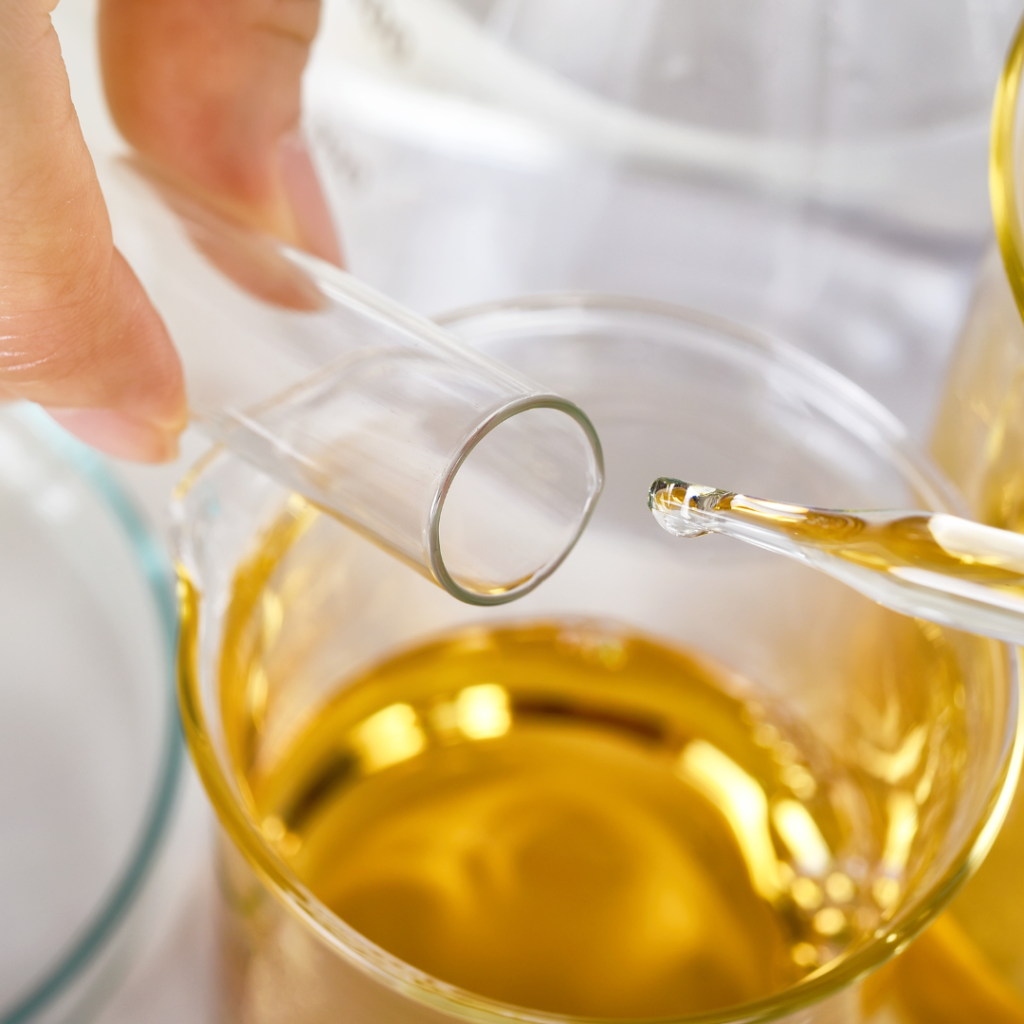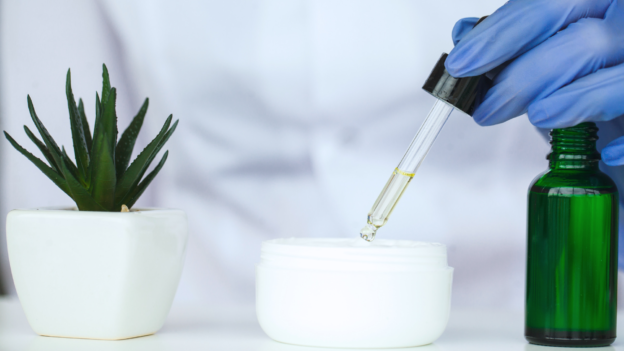As a chemist, I’ve always felt very strongly that we should save our petroleum reserves for chemicals that we can’t make in any other way – plastics, pharmaceuticals, etc. Over my career that has led me to delve into the world of plant-based, renewable cosmetic additives. It’s a field that is constantly expanding due to its customer appeal (natural, organic, and sustainable beauty trends are hot topics), but it’s not without its disadvantages. Knowing when to use a plant-based product and when to rely on a synthetic component is a key skill for cosmetic formulators.
First, let’s dispense with the notion that plant-based, or “natural” in general, means “safe”. Molecules do not know where they came from; they’re just out there, doing their thing. Using natural ingredients makes good sense in that we can use renewable feedstocks, but every chemical must be tested on its own merits for things like allergenic properties and toxicity. This is a matter that must be discussed upfront with your customers; many firms skip this step, and the customer is left with a (potentially false) impression of safety due to the natural nature of the starting material.
Beyond using renewable feedstocks, and beyond the marketing appeal, why should you consider using plant-based additives? For one thing, they tend to be rich in nutrients. Botanical extracts are a complex stew of antioxidants, vitamins, amino acids, and other materials used by the plant. They become multi-purpose ingredients in your formula – fending off free radical damage (slowing down aging), supplying essential fatty acids beneficial for the skin, and even supplying key vitamins like A and E to the skin.

Unlike many synthetic ingredients, plant-based ingredients can sometimes show lessened allergy and skin irritation issues, being well-tolerated by most individuals. They’re eco-friendly and (can be) sustainable. Cultivating/extracting the active components usually has a smaller “carbon footprint” than synthetic ingredients.
Despite all of this, it’s important to note that plant-based beauty isn’t for everyone. The raw materials tend to cost more, for one thing. Instead of churning out ingredients at a factory, you’re paying harvesters to collect/extract/purify the natural components, sometimes (for rare ingredients) by hand. It’s very easy to overshoot your intended price range when including plant-based components.
Plant-based additives are also natural products and, as such, are going to inherently have some batch-to-batch variability. As an example, Bulgarian lavender oil smells differently from French lavender oil, due to the amount of rain/type of soil / overall growing conditions. Even staying within the same country, you can see the composition of the plant-based additives change from season to season depending on the conditions experienced by that year’s crop. This can introduce an inconsistent “X-factor” into your formulas, which is never a desirable factor as it makes troubleshooting unexpected behavior more difficult.
Many plant-based materials also suffer from shorter shelf life. Fruit and vegetable extracts go bad quickly, whether due to enzyme-induced collapse (aloe vera gel converting to aloe vera juice) or just plain oxidation. They can be more sensitive to changes in heat and light, requiring stricter conditions for safe storage. Also, because the variety of compounds in just a single botanical extract is so wide, the chances of a customer developing an allergic reaction to some trace component in the extract can be larger.
There is also concern with sustainability. Palm oil is a perfect example, with deforestation becoming rampant to meet the demand for this versatile ingredient. According to the World Wildlife Fund (WWF), about 24 million hectares of rainforest (an area approximately the size of the state of Nevada) were destroyed in Indonesia alone between 1990 and 2015; palm oil plantations were a significant driver of that deforestation. Trying to source materials “ethically” can result in longer lead times for sustainability tracing and overall increased cost. You can also run into trouble with cosmetic regulatory agencies, who are taking a tighter look at claims such as “natural”; there have already been several court cases over that very issue.
The increased availability and rise of popularity of plant-based cosmetic additives mean that as a formulator, you must begin to become familiar with these trends. It requires more work but being fluent in the challenges and advantages of plant-based cosmetics will make you an asset for your clients. Stay curious about new plant-based additives hitting the market and use them to drive new innovative products. Above all, strive to create products that pay respect to both the skin and the Earth. Happy formulating!

